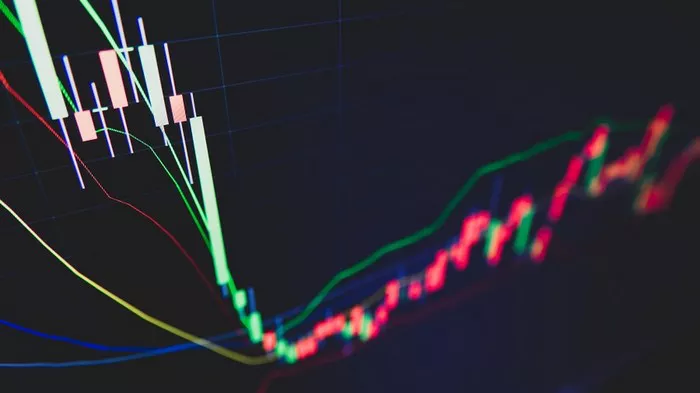What’s Going On?
Malaysian palm oil futures have risen for a second consecutive session this week, bolstered by a surge in soyoil prices across major global exchanges. The February palm oil contract on the Bursa Malaysia Derivatives Exchange saw an increase of 39 ringgit, reaching 5,174 ringgit per metric ton. This marks a continuation of the upward trend observed in the palm oil market.
What Does This Mean?
The 2.83% rise in Malaysian palm oil futures this week reflects a combination of factors driving the edible oils market. Palm oil’s recent gains are largely tied to the movement in soyoil prices, which also saw increases—0.58% on China’s Dalian Commodity Exchange and 0.28% on the Chicago Board of Trade. The price uptick comes amid reports of dwindling palm oil stockpiles in Malaysia caused by weather-related disruptions in production. These stockpiles are critical, as they influence the global supply of palm oil, and a reduction in supply can naturally drive up prices.
Market analysts are now predicting further increases in palm oil prices, with estimates ranging between 5,202 and 5,242 ringgit per metric ton. This suggests a positive outlook for demand as palm oil competes within the broader vegetable oils market, despite ongoing global economic uncertainties.
Why Should I Care?
For Markets: Palm oil is on the rise, and investors should take note of this trend. The price hike is indicative of a strengthening edible oils market, where palm oil benefits from supply constraints due to adverse weather conditions affecting Malaysian production. If these weather disruptions continue, the prices of palm oil could continue to climb, presenting potential opportunities for traders who are able to capitalize on this trend.
However, global economic factors are still at play. OPEC+ oil supply policies, geopolitical tensions, and fluctuations in the US dollar will likely impact vegetable oil prices and broader market stability. As such, traders will need to monitor economic indicators from major economies like Germany, the UK, and the US—all of which have the potential to cause ripple effects across global markets.
Economic shifts and international trade policies will play pivotal roles in determining whether palm oil prices continue their ascent or experience a correction. Therefore, palm oil’s performance could shift depending on the broader market forces that emerge in the coming months.
Conclusion
The rally in palm oil futures, underpinned by soyoil price increases and supply concerns from Malaysia, is significant for the global edible oils market. As weather disruptions continue to limit production, palm oil’s competitive positioning will likely strengthen, with price forecasts indicating further gains. Investors and traders should be mindful of the market dynamics and the potential opportunities they present while keeping an eye on the broader economic landscape.


